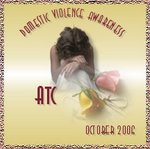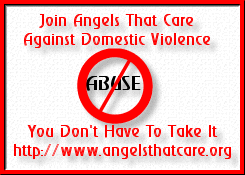Children that are bullies at school are more likely to have witnessed violence at home compared to children that did not see this aggressive behavior. Researchers from the University of Washington and Indiana University have completed one of the first of its kind study in the United States that examined the relationship of violent parents and the effects of the child becoming a bully at school.
The researchers also were able to group two different kinds of bullying. One kind of bullying is called physical aggression which includes hitting, pushing and any other outward expression of hostility. The second type of bullying is called relational aggression which includes teasing, being mean, and ostracizing peers.
Researchers collected data from an ongoing Seattle Social Development Project and the Intergenerational Projects. There were a total of 112 children from ages 6 to 13 years of age that the researchers studied for bullying.
There were 34 percent of the children in this group that had bullied another child, while 73 percent of the children said they were a victim to a bully in that last year. Out of the bully group, almost all of them, 97 percent, said they also were victims of a bully.
“Children learn from seeing what their primary caregivers do. They are very attuned and very observant about what goes on in a household,” said Dr. Nerissa Bauer, lead author of the study and a former UW pediatrician who is now an assistant professor of pediatrics at Indian and Riley Children’s Hospital.
“Parents are very powerful role models and children will mimic the behavior of parents, wanting to be like them. They may believe violence is OK and they can use it with peers. After all, they may think, ‘If Daddy can do this, perhaps I can hit this kid to get my way.’ When parents engage in violence, children may assume violence is the right way to do things,” she said.
“This study supports the idea that parental violence can lead to violence between children and their peers,” added Todd Herrenkohl, a UW associate professor of social work and co-author of the paper published in the current issue of the journal Pediatrics. “Children develop a mindset when they see how parents deal with problems. It is a script based on early observations in the home.”
This study also looked at causes for a child to bully. They believe that there is a correlation of domestic violence that causes children to bully at school. According to a federal study conducted in 2000, there are roughly 3.3 – 10 million children that have witnessed domestic violence at home on an annual basis.
These researchers concluded that girls were at a higher rate of bullying than boys. They accounted for 61 percent of the reported acts of aggression. Girls are also more likely to be the victims of a bully. Girls reported that they were bullied in 55 percent of the cases reported. Children that are witness to domestic violence are at risk for developing early childhood depression, sadness, and may become withdrawn. The researchers note that relational bullying; (name calling) is not related to domestic violence at home.
“Physicians and teachers should be sensitive that when children display behavior issues that the possibility of domestic violence in the family exists. Not all children exposed to violence will respond in the same way, but there are many indirect effects and problems that you can see, such as engaging in bullying, not being able to make friends, not eating or those with extended school absences. But not all bullies come from violent families,” Bauer said.
“We know that bullying leads to further antisocial behavior and this study shows how family violence leads to bullying. When intimate partner violence happens we can work with parents to show them how it can impact their children,” Herrenkohl said. “A key is early identification of this kind of problem, but it is never too late to intervene to break the cycle of violence.”
» by Nicole Wilson













